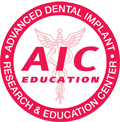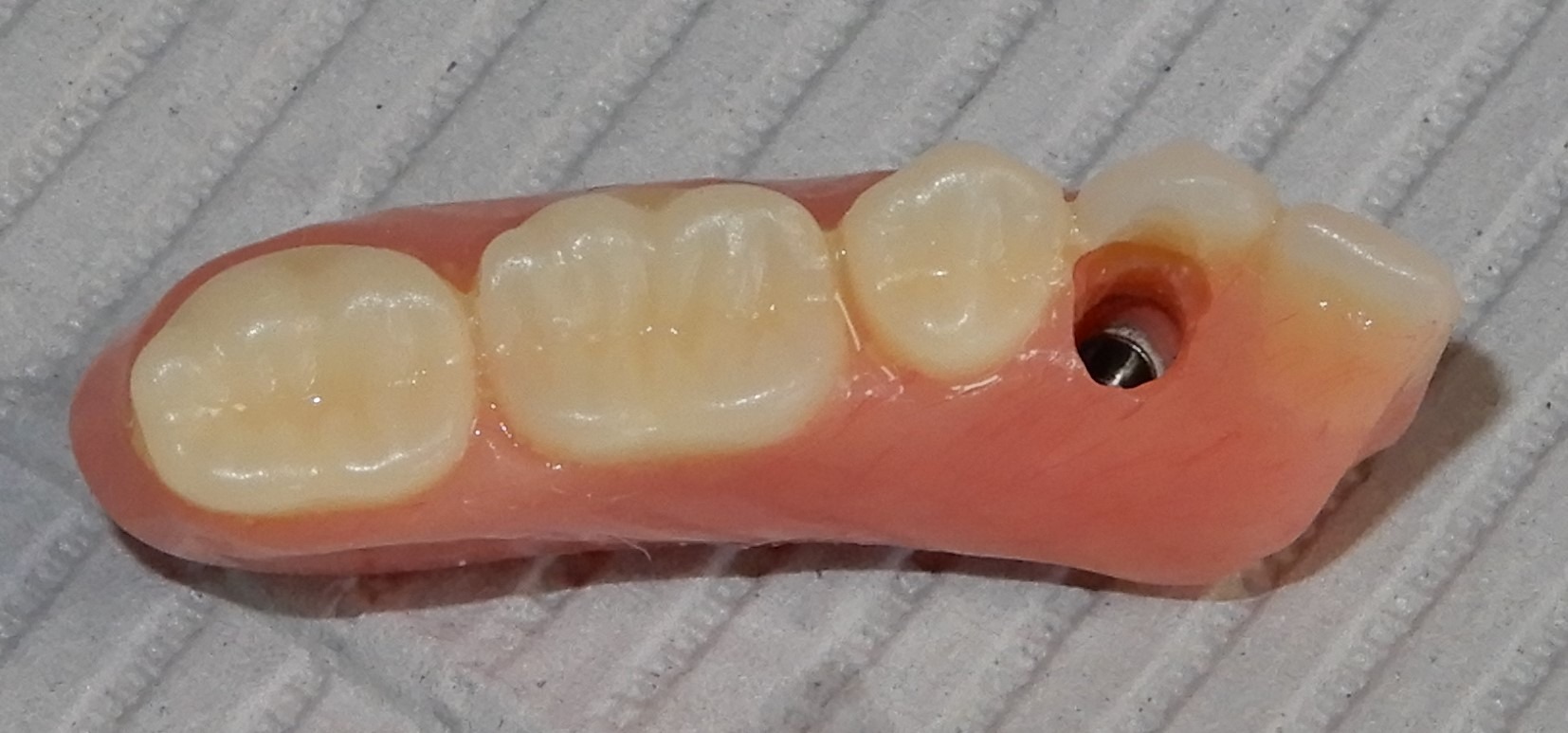Dr. Janice Wang
The dental field has been enamored with the all-on-4 concept for full arch reconstruction. We are flooded with examples from colleagues and media about satisfied patients, gorgeous smiles, and good income from completing ‘big cases.’ There are many benefits including restoring an individuals’ oral health, function, esthetics, and confidence. I believe this solution can suit many patients but what about patients that don’t need or want to be fully edentulated? Some patients reject the idea of removing their remaining healthy teeth just so an all-on-4 can be accomplished. Often when there are a few healthy teeth present, the ridge is also present. To gain sufficient prosthetic space, aggressive ridge reduction may be needed. Alternatively, if they present with significant ridge resorption, if I execute fixed restorations, the esthetic outcome can be unacceptable for some patients. For me, as an implantologist, I believe in additive, reconstructive dentistry, not subtractive dentistry. I would like to share one solution.
Patient SY presents with a maxillary full denture that she is content with. She has been wearing a tooth supported attachment mandibular denture for 30+ years. Recent failure of her teeth 22 and 28 have necessitated extractions of those teeth. She has declined removal of 24,25,26,27. She has significantly resorbed posterior ridges in the vertical and horizontal dimensions. I have 2 concerns for her overall longevity of her dentition. One, because she has a satisfactory full upper acrylic denture, I need an opposing material with similar strength and wearability. Second, should she lose her remaining 4 front teeth, could I utilize her existing implants without additional surgery and minimize her cost. After review of tomograms, health history, and a complete oral exam, I proposed the idea of 2 implant supported, screw retained posterior bridges with gingival extensions fabricated in PMMA. This treatment will satisfy the challenge of material compatibility against her upper denture and if anterior teeth are lost, a full mouth hybrid fixed detachable denture can be easily fabricated.
Phase 1. Removal of teeth 22 and 28, placement of 4 implants (Hiossen ET3) at approximately 20,21 and 28 and 30. Implants at 20 and 21 are divergent to capture as much A-P spread.
Phase 2. Uncover and begin fixed restorations. Transfer level impressions are made, multi-angle abutments are placed, correct centric occlusion/relation and vertical are recorded. Wax try in was done and after approval, final fabrication was completed.
Phase3. Delivery of prosthetics and follow-up of comfort, occlusion, and maintenance of hygiene.
Placement of implant 20 was intended for the screw hole to emerge on the lingual aspect of the teeth. However, after discussion with the technician, it was proposed that since the multi-angled abutment could be much easier to access on the facial aspect, we changed the location of the multi-angle abutment.
Patient SY has been very satisfied with the prosthetics and is able to maintain the hygiene easily. Our recalls have revealed healthy tissue response.







